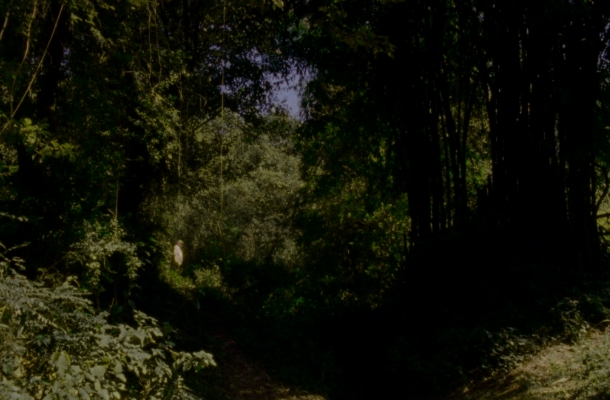
MoMA Documentary Fortnight 2014 Review: Campaign 2 (2013) - NP Approved
For his debut documentary feature Campaign (2007), Kazuhiro Soda followed the city council election campaign of Yamauchi Kazuhiko in Kawasaki, 2005. Though with no political background/experience, Yamauchi was backed by the powerful Liberal Democratic Party (LDP) and so managed to win a seat in the city council on behalf of the LDP. In Campaign 2, Soda accompanies Yamauchi again during another campaign just a few days after he decides to run for office in his home district of Miyamae, Kawasaki, and after twenty-plus days had passed since the Fukushima nuclear reactor catastrophe in March 2011. This time, however, Yamauchi is no longer affiliated with the LDP. He is an independent, nonpartisan candidate; and that is the way he wants it. Similar to Yamauchi’s character but in terms of documentary style, Soda presents an independent and keen, but also droll eye on the proceedings. The film’s subtitle, ‘Observational Film #5,’ is descriptive of Soda’s preferred documentary approach, although in truth he is more observational and participatory since he does not efface himself from the film and instead interacts with people. Armed with the help of Yamauchi and some of his opponents (among them, rather involuntarily), Soda produces a truly perceptive and candid slice-of-life of Japanese local politics and election protocol, and such a pleasurable one that makes its 150-minute running time an effortless watch.






